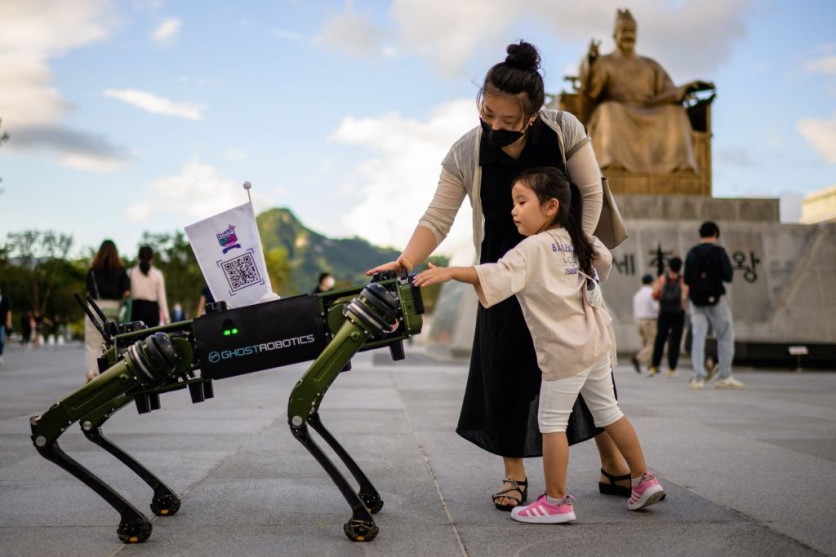South Korea has emerged as the global leader in the integration of robots within manufacturing processes, as per data provided by IFR for the year 2021.

Topping Global Rankings in Robot Adoption
The deployment of robots serves as an indicator of global economic vitality and expansion. One common method for assessing the adoption of robots is by comparing the number of industrial robots to the manufacturing workforce.
The International Federation of Robotics (IFR) regularly releases data on the worldwide utilization of robots in manufacturing. This reveals that South Korea is the frontrunner in terms of robot integration in the manufacturing sector.
The country recorded a remarkable 1,000 robots for every 10,000 manufacturing employees, securing the top spot.
Singapore followed closely behind, registering 670 robots. China claimed the fifth position with 322 robots per 10,000 workers, while the United States, ranking seventh, reported 274 robots for every 10,000 manufacturing employees.
South Korean Companies
South Korea stands as a major producer of industrial robots extensively employed across diverse manufacturing sectors, including machinery, electronics, and automotive production, as per Interesting Engineering.
Prominent South Korean companies in this sector, such as LS Mtron, Doosan Robotics, and Hyundai Robotics, have been instrumental in advancing manufacturing efficiency by manufacturing a wide array of industrial robots, including robotic arms and automation systems.
Furthermore, South Korean manufacturers have been pioneering the development of collaborative robots, often referred to as cobots. These innovative machines are designed to work safely and efficiently alongside human workers.
Companies like Hanwha Robotics and Techman Robot in South Korea have been actively involved in producing these cobots, which find applications on assembly lines and enhance manufacturing operations.
The South Korean government has played a substantial role in advancing the robotics manufacturing industry by providing funding, research grants, and incentives for research and development initiatives.
These efforts have spurred healthy competition and accelerated growth within the sector. Additionally, South Korean universities and research institutions have been proactive in the field of robotics research and development, propelling technological advancements at a remarkable pace.
Many of these academic institutions collaborate with the private sector to foster innovation and create novel robotics solutions. This synergy between academia and industry contributes significantly to South Korea's position as a leader in the global robotics landscape.
Exporter in the Robotics Industry
ITIF reported that this has led to a robust and thriving market where South Korean robot manufacturers export their products worldwide, establishing the country as a major player in the global robotics industry.
Their reputation for producing high-quality and reliable robotics solutions has significantly contributed to South Korea's status as a notable exporter in this sector.
However, it's essential to bear in mind that the dynamics of the robotics manufacturing sector can undergo transformations as new enterprises enter the market and existing ones diversify their product portfolios.
IFR has reported that China is surpassing South Korea in terms of the rapid adoption of robotic technology, signifying potential shifts in the industry's competitive landscape.
Related Article : US Calls South Korean Chipmakers to Not Fill Any Market Gaps if China Bans Micron Chips

![Apple Watch Series 10 [GPS 42mm]](https://d.techtimes.com/en/full/453899/apple-watch-series-10-gps-42mm.jpg?w=184&h=103&f=9fb3c2ea2db928c663d1d2eadbcb3e52)



